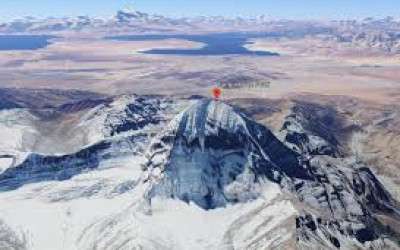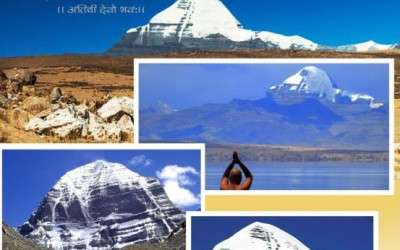- Registered Company
- More than Decade of Experience
- Customer Satisfaction is our motto
Trip Facts
-
Group Size1- 15 pax
-
Max Elevation5600 m
-
GradeModerate
-
TransportationJeeps/ Hike
-
AccommodationHotel/Lodge
-
Trip Length15 Days
-
Best MonthAutumn and Spring
-
WIFIAvailable
-
Trip ModeNormal
-
MealAll Meals on Trek
-
Trekking StyleHiking
-
Start FromKathmandu
-
End PointKathmandu
Outline Itinerary
Day 01: Arrival in Kathmandu (1,400 m)
Day 02: Kathmandu Sightseeing (1,400 m)
Day 03: Free Day at Kathmandu (1,400 m)
Day 04: Preparation Day in Kathmandu (1,400 m)
Day 05: Drive from Kathmandu to Kerung Border (1600 m)
Day 06: Kyirong Acclimatization Day (2,700 m)
Day 07: Drive from Kyirong to Dongba/Saga (4,450 m)
Day 08: Drive from Dongba/Saga to Lake Manasarovar (4,590 m)
Day 09: Lake Manasarovar to Darchen (4575 m)
Day 10: Darchen to Dirapuk Trek (4,910 m)
Day 11: Dirapuk - Zuthulpuk via Dolma La Pass. (5,600m)
Day 12: Trek from Zuthulpuk to Darchen, then drive to Dongba/ Saga (4,450 m)
Day 13: Drive from Dongba/Saga to Kerung (2,700 m)
Day 14: Drive from Kerung to Kathmandu (1,400 m)
Day 15: Departure from Kathmandu
Altitude Map
This Altitude Map shows highest alttitude you will trek to each day.
Group Cost
| Group | Cost |
|---|---|
| 10-15 pax | $2200 |
| 7-9 pax | $2400 |
| 5-8 pax | $2500 |
| 2-4 pax | $3200 |
Package Included
- Airport Transfer: Private vehicle transfer to and from the airport.
- Transport within Nepal: Kathmandu - Kyirung - Kathmandu by jeep.
- Tibet Side Transfer: A/C van for transfers within Tibet.
- Kathmandu: 3-star hotel with breakfast ( upgraded hotel can be provide with additional cost)
- Daily Meals: Breakfast, included ( all meals can be provided with additional cost )
- Accommodation in Tibet: Availability of the best hotel, guest house, and other locations.
- Tibetan Guide: English-speaking Tibetan guide for the entire trip.
- Sleeping Bag: Provided for the duration of the trip.
- Down Jacket: We will provide down jacket
- Duffel bags: We will Provide Duffel bags
- First-Aid Kit: Equipped with basic first-aid supplies.
- Tibet Visa fees; Included
- Nepal Transfer: A/C Private vehicle for airport transfer & sightseeing
- All applicable taxes
Package not Includes
- Nepal entry visa fees
- International flights to and from Kathmandu
- Travel insurance (mandatory for high-altitude travel)
- Personal expenses (laundry, phone calls, etc.)
- Tips for guides, drivers, and support staff
- Meals in Kathmandu
- Personal trekking gear and equipment
- Any costs arising from unforeseen circumstances (natural disasters, political instability, etc.)
- Additional accommodations or services not mentioned in the itinerary.
Trip Overview
The Mount Kailash Mansarovar Tour is a religious tour that draws in multitudes of devotees and adventurous people. It is situated in Tibet and is famous for its natural and archaeological beauty.
The Tour is around Mount Kailash, a holy mountain for Hindus, Buddhists, and Jains. One of the extras of the journey is the visit to Mansarovar Lake, which has properties that wash the soul. This is one of the exciting tours that will give you both Nepal's natural and cultural differences.
The Mount Kailash Mansarovar Tour you will be encountering will cover some of the different altitudes and terrains. There are driving distances from Syabrubesi to Kerung and Syabrubesi to Darchen. After Darchen, you will start the Kailash trekking, passing through valleys and over Khargyab, the highest pass.
The most extreme part of trekking is the apex of Dolma La Pass, which stands at 5640m. This can be challenging, but the scenes of the mountains and lakes are stunning and gratifying.
During the Mount Kailash Mansarovar Tour, you will experience the cultural beliefs that the Tibetan people practise. You are expected to view traditional villages, local people, and ancient monasteries. It is not the correct finish line; it is a Mount Kailash Mansarovar Tour and all about the journey.
Every day, there are new happenings, and you will have time for meditation and with nature around. Mount Kailash Mansarovar Tours is perfect for those of you who like an adrenaline rush, are looking for a spiritual change, and have an opportunity to visit one of the most attractive parts of the world.
Highlights of Mount Kailash Mansarovar Tour -15 Days 2025/2026
- Mount Kailash: The sacred peak revered by Hindus, Buddhists, Jains, and Bon practitioners.
- Lake Mansarovar: The pristine freshwater lake known for its spiritual significance and stunning views.
- Kora (Parikrama): The circumambulation around Mount Kailash, an important pilgrimage ritual.
- Darchen: The gateway town for the Kailash trek, offering basic amenities and breathtaking scenery.
- Gauri Kunda: A sacred lake believed to be associated with Goddess Parvati, located on the way to the Kora.
- Shiva Tsal: A beautiful trek site with magnificent views of Mount Kailash.
- Zhang Zhung and Ancient Monasteries: Historical sites and monasteries showcasing the region's rich cultural heritage.
- Dolma La Pass: The tallest point on the Kora, offering panoramic views of the surrounding landscapes.
- Yamdrok Lake: A stunning turquoise lake that was seen during the journey and is known for its captivating beauty.
- Local Culture: Interact with Tibetan nomads and experience their unique lifestyle and traditions.
Detail Itinerary
Arrival in Kathmandu (1,400 m)
Upon arriving at Tribhuvan International Airport in Kathmandu, we will greet you with our representative and transfer you to the hotel. The first day is used up to rest due to your journey.
From lunch onward, you will attend the orientation session, where your guide will give a comprehensive briefing about the Kailash Manasarovar Yatra, including the journey ahead, its safety measures, and preparation tips.
You may also meet your fellow travellers and clear any doubts. You may stroll around the nearby areas or relax in your hotel. Dinner will be delivered, and you will stay overnight in Kathmandu.
Breakfast, Lunch , Dinner
Hotel in Kathmandu
1400m
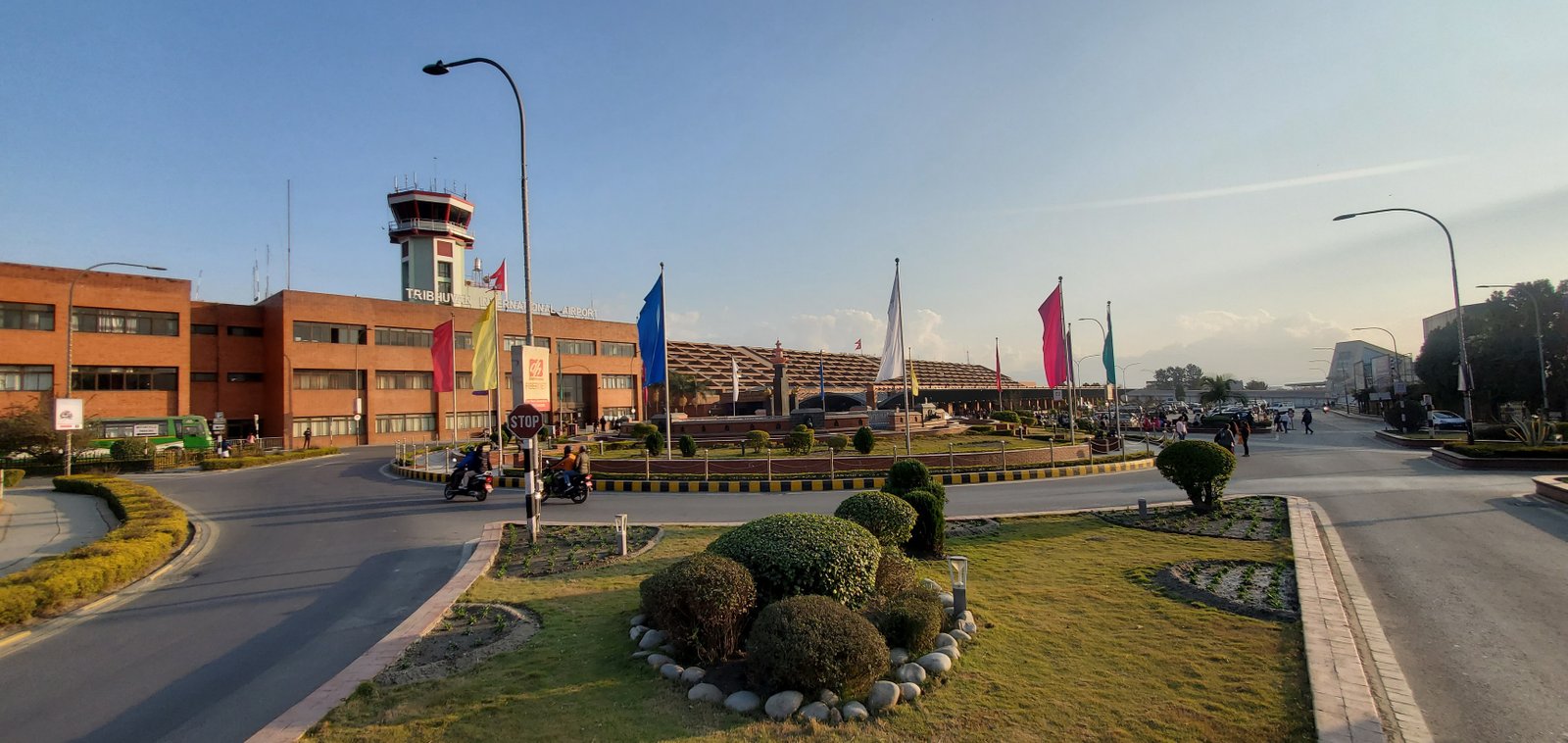
Kathmandu Sightseeing (1,400 m)
After breakfast, you will begin your spiritual journey by visiting Kathmandu's most holy places, which should be a must-visit for any pilgrim visiting Kailash Manasarovar. First, you will visit the iconic Pashupatinath Temple, considered one of the most sanctified Hindu temples devoted to Lord Shiva and located on the banks of the Bagmati River. You will also have a chance to perform rituals and pray for your successful pilgrimage here.
You will get a drive to Guhyeshwari Temple, one of the most holy places related to Goddess Parvati, which is one of the 51 Shakti Peethas. Later, Budhanilkantha will be your last call for today, where you can see an enormous stone carving of Lord Vishnu lying on top of a bed of serpents, basking serenely in a pond. This temple of Lord Vishnu is of great devotion to the pilgrims. In the afternoon, drive back to the hotel for dinner and an overnight stay in Kathmandu.
Breakfast, Lunch, Dinner
Hotel in Kathmandu
1400m

Free Day at Kathmandu (1,400 m)
This day is put aside for relaxation, acclimatization, or to make any last-minute preparations for the journey. You may continue to explore the remaining places of sightseeing at Kathmandu yourself, or you may like to visit local markets for their cultural exposure or procure some last-minute supplies necessary for the pilgrimage.
You may also briefly tour some nearby attractions or relax at your hotel. This is a free day to prepare mentally and physically for the coming trek to Kailash. Meals and an overnight stay in Kathmandu are included.
Breakfast, Lunch , Dinner
Hotel in Kathmandu
1400m
Preparation Day in Kathmandu (1,400 m)
The entire day will be used to complete the border permit and other documents necessary to cross the Nepal-Tibet border. You will be free to arrange your personal things and pack the essentials you will use during the yatra.
Your guide will give a final briefing on the itinerary, road conditions, and cultural or weather information. The luggage should be lightly packed, as high altitude and long drives can be exhausting. After the preparations, you can rest at the hotel for the remaining day. Meals will be available, and you will stay overnight in Kathmandu.
Breakfast, Lunch, Dinner
Hotel in Kathmandu
1400m
Drive from Kathmandu to Kerung Border (1600 m)
Drive to the Kerung border (Kyirong), which takes approximately 8-9 hours over 145 km. Once you reach the border town of Rasuwagadhi, you can complete the immigration formalities and then cross into Tibet.
Starting from the Tibetan side, you will find the place more desolate and mountainous, giving you a glimpse of the difficult terrain ahead. You reach Kerung and check in at your guest house for rest. The altitude is 1,600 m, which is quite reasonable, but you must acclimate yourself. You have meals and an overnight stay in Kerung.
Breakfast, Lunch , Dinner
Lodge/Hotel
1600m
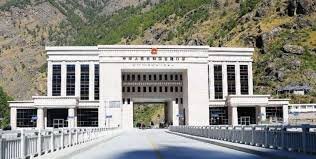
Kyirong Acclimatization Day (2,700 m)
This is an acclimatization day to help your body get accustomed to the increasing altitude. Kerung, also known as Kyirong, is a quiet Tibetan town nestled at the foothills of the Himalayas. You will spend your day hiking for short distances around the town and exploring the local area, which delivers stunning views of the surrounding mountains.
From here onward, you will go to a higher altitude in the following days, so rest and try not to overtake your body. Acclimatization is critical to avoid altitude sickness, and it helps your body get tuned gradually. Evening: Return to your guesthouse for rest and meals. You will overnight at Kyirong.
Breakfast, Lunch, Dinner
Lodge/Hotel
2700m
Drive from Kyirong to Dongba/Saga (4,450 m)
Right after breakfast, drive from Kyirong to Dongba or Saga, as the road and group progress permit. This drive covers approximately 370 kilometers and takes 6-7 hours. The scenery changes as you ascend to a very arid, high-altitude desert with disfigured mountains and plateaus. You will also pass small Tibetan settlements and herds of yaks that graze by the roadside.
The altitude here is 4,450 meters, so keeping hydrated and pace yourself will be important. Upon arrival in Dongba or Saga, you will check into the hotel for rest and acclimatization. You will be served meals and overnight at Dongba or Saga.
Breakfast, Lunch , Dinner
Lodge/Hotel
4450m
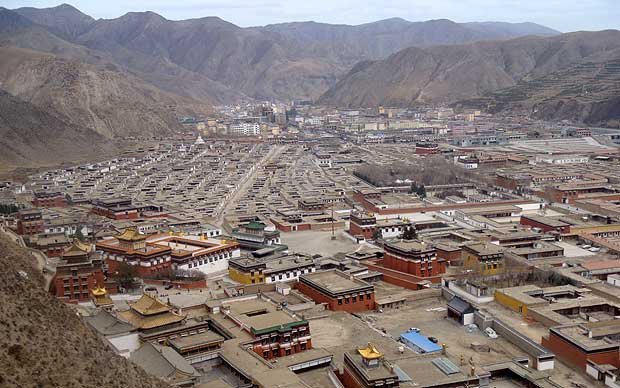
Drive from Dongba/Saga to Lake Manasarovar (4,590 m)
This is the day when your spiritual tour to Lake Manasarovar, one of the most sacred lakes in Hinduism and Buddhism, begins. The driving distance from Dongba or Saga to Lake Manasarovar is about 500 kilometers, and the estimated driving time is about 8 to 9 hours. When you finally reach the lake, the turquoise colour of the waters amidst snow-capped mountains, with the iconic Mt. Kailash overlooking it, will leave you spellbound.
Please arrive at the lake and take a holy dip in its waters, which are supposed to cleanse the soul and rid the spirit of sin. Alternatively, say prayers and rituals along its shores.
The altitude on Lake Manasarovar is 4,590 meters; hence, it is highly recommended that you go slow and not overexert yourself. After visiting Lake Manasarovar overnight, you'll be transferred to a nearby guesthouse, where you will be provided with meals accordingly.
Breakfast, Lunch, Dinner
Lodge/Hotel
4588m
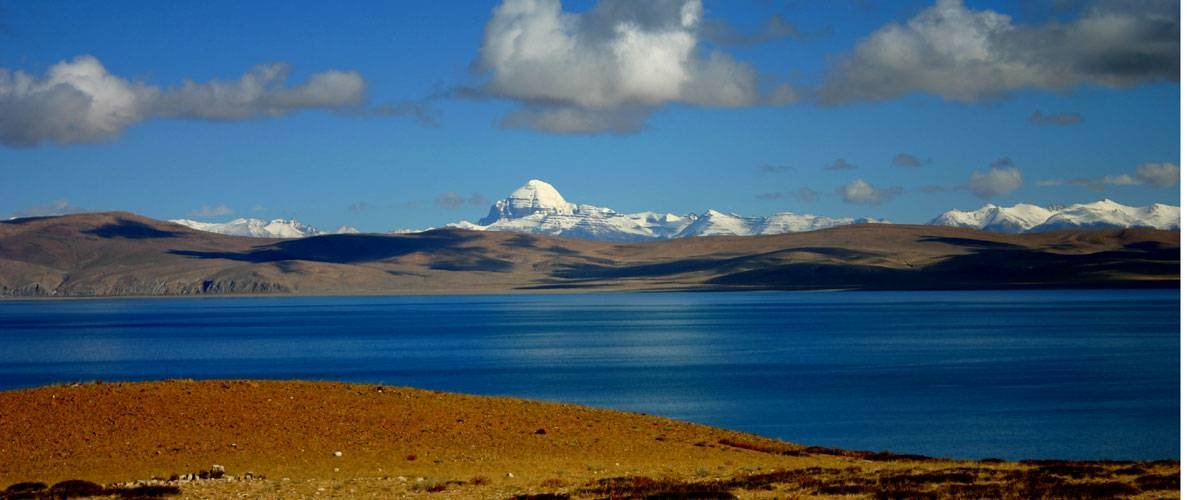
Lake Manasarovar to Darchen (4575 m)
Have a peaceful time at Lake Manasarovar in the morning and then drive to Darchen town, the base camp for the Mount Kailash pilgrimage. This will be a drive of about 2-3 hours from Lake Manasarovar, some 40 kilometers away from the lake. Darchen lies at an altitude of 4,575 meters, from where one can start the Kailash Kora the next day.
You will spend the rest of the day preparing for the trek, arranging supplies, and adjusting to the altitude. Later in the evening, you can visit the local monastery or explore the town. It includes meal arrangements. Overnight stay in Darchen.
Breakfast, Lunch , Dinner
Lodge/Hotel
4575m
Darchen to Dirapuk Trek (4,910 m)
Today is the first day of Mount Kailash Kora, a holy circuit around the mountain. The trek is approximately 18 kilometers from Darchen to Dirapuk and takes about 6 to 7 hours. As the altitude gains, amazing views of Mount Kailash and the surrounding peaks can be seen.
The trail negotiates some uneven and steeply ascending stretches, but your spiritual motive for the expedition will see you through. You will arrive in the late afternoon at Dirapuk, situated at 4,910 meters.
Dirapuk offers a breathtaking view of the north face of Mount Kailash, a sight considered auspicious by pilgrims. You will stay overnight in a guesthouse, where meals will be provided.
Breakfast, Lunch, Dinner
Lodge/Hotel
4910m
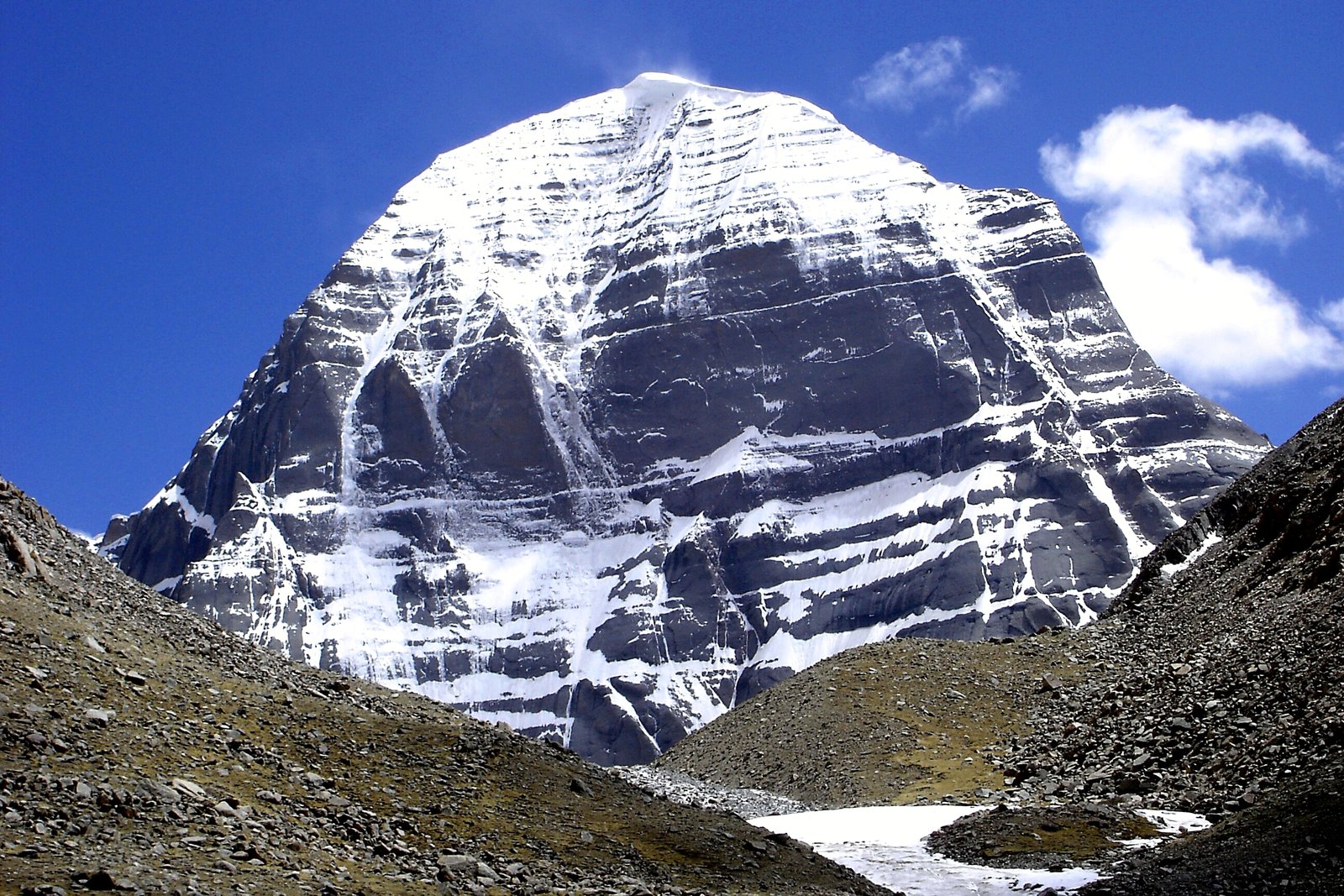
Dirapuk - Zuthulpuk via Dolma La Pass. (5,600m)
It is considered to be the toughest day of Kailash Kora because one will be crossing the Dolma La Pass—the highest point of the trek, at 5,600 meters. The length of the trek is approximately 22 km and takes about 10 to 12 hours. Climbing up to the pass is quite steep and strenuous. The top offers some great views. One can stop at the top and say some prayers and leave some offerings, following the spiritual custom.
After crossing Dolma La, the trail drops into the Zuthulpuk Valley, where you will see the Zuthulpuk Monastery, believed to be where the Tibetan saint Milarepa meditated. The walk becomes steeper as you drop down into the Zuthulphuk Gorge. Overnight stay in the guesthouse of Zuthulpuk and have meals there.
Breakfast, Lunch , Dinner
Lodge/Hotel
5600m
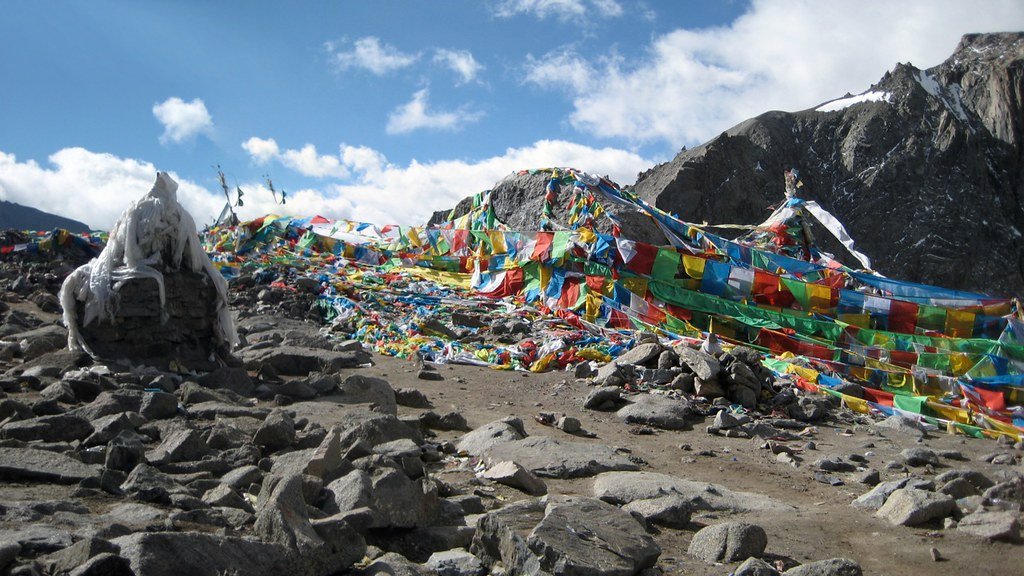
Trek from Zuthulpuk to Darchen, then drive to Dongba/ Saga (4,450 m)
After a last morning of trekking, you will finish the final leg of the Kailash Kora and head back to Darchen. The trek from Zuthulpuk to Darchen covers about 10 kilometres and takes 3 to 4 hours.
Upon arrival in Darchen, you are met by your vehicle and driven back to either Dongba or Saga—a distance of about 350 kilometers. This marks the end of your spiritual tour around Mount Kailash. Stay overnight at a guesthouse in Dongba or Saga, where meals are available.
Breakfast, Lunch, Dinner
Lodge/Hotel
4450m
Drive from Dongba/Saga to Kerung (2,700 m)
After breakfast, you will begin driving back from Dongba or Saga to Kerung, an approximately 370-kilometre distance. Driving through the vast Tibetan plateau takes around six or seven hours, and you will have great views of the Himalayas.
You reach a lower altitude, which will surely relieve you after the high-altitude experiences of the last few days. When you reach Kerung, you may rest and relax at your guesthouse. Today is your last night in Tibet before crossing to Nepal again. Meal: B, L, and D, and overnight at Kerung.
Breakfast, Lunch , Dinner
Lodge/Hotel
2700m
Drive from Kerung to Kathmandu (1,400 m)
The final day of your tour is the drive back to the Nepal-Tibet border at Rasuwagadhi. Here, after immigration procedures, you enter Nepal. It takes about 2-3 hours by car from Kerung to reach the border. After crossing the border, continue driving to Kathmandu, about 145 km.
You will return to the bustling city with a scenic drive through lush green hills, small villages, and terraced farmland. Arriving in Kathmandu, you check into your hotel for rest. Later in the evening, you may roam around the local marketplaces or rest after a long journey back. You will be provided with meals and will stay overnight in Kathmandu.
Breakfast, Lunch, Dinner
Hotel in Kathmandu
1400m
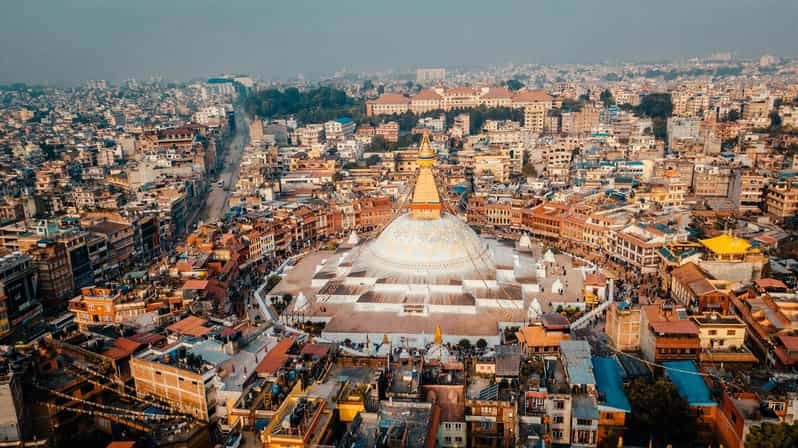
Departure from Kathmandu
After breakfast, your tour of Mt. Kailash and Lake Manasarovar concludes. Per your flight schedule, you can do some last-minute shopping or sightseeing in Kathmandu if time allows. An agent will transfer you to Tribhuvan International Airport for your departure. You head out with memories of a spiritually fulfilling and adventurous journey to one of the most sacred places on Earth.
Not Included
Not Included
1400m
Things need to know before departure
Frequently Asked Questions
Fixed Departure
| SN | Start Date | Trip Duration | Cost Per Person | Availability | Join Group |
|---|---|---|---|---|---|
| 1 | 2025-08-31 | 15 Days | USD 2400 | Available | Book Now |



